Most important Data Engineering Concepts and Tools for Data Scientists
DareData
JANUARY 30, 2023
In this post, we'll discuss some key data engineering concepts that data scientists should be familiar with, in order to be more effective in their roles. These concepts include concepts like data pipelines, data storage and retrieval, data orchestrators or infrastructure-as-code.




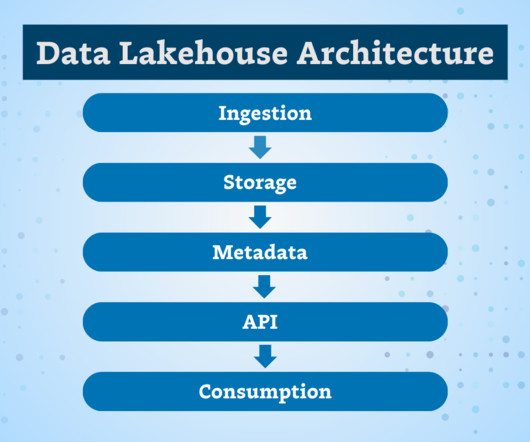
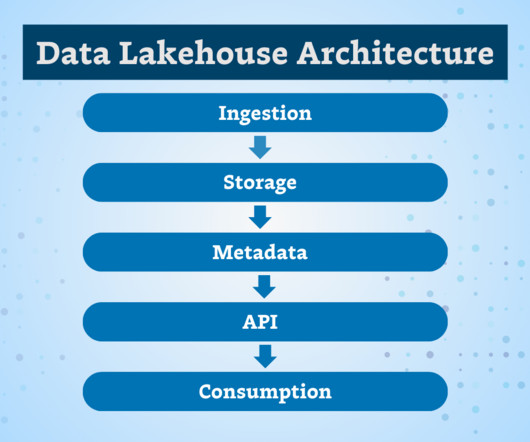





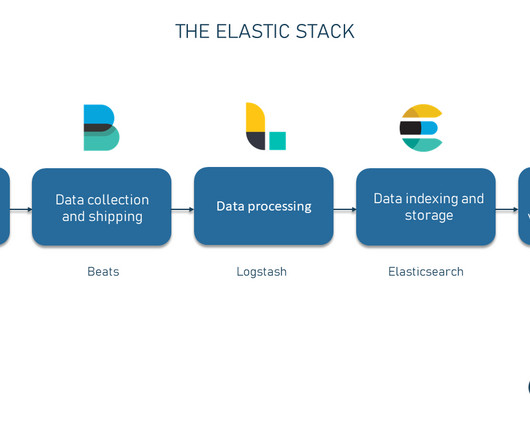




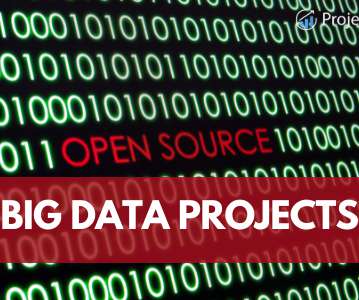

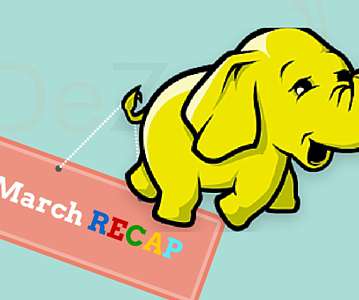








Let's personalize your content